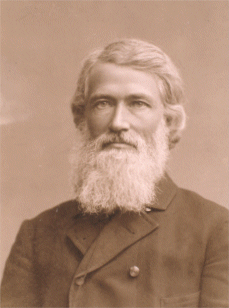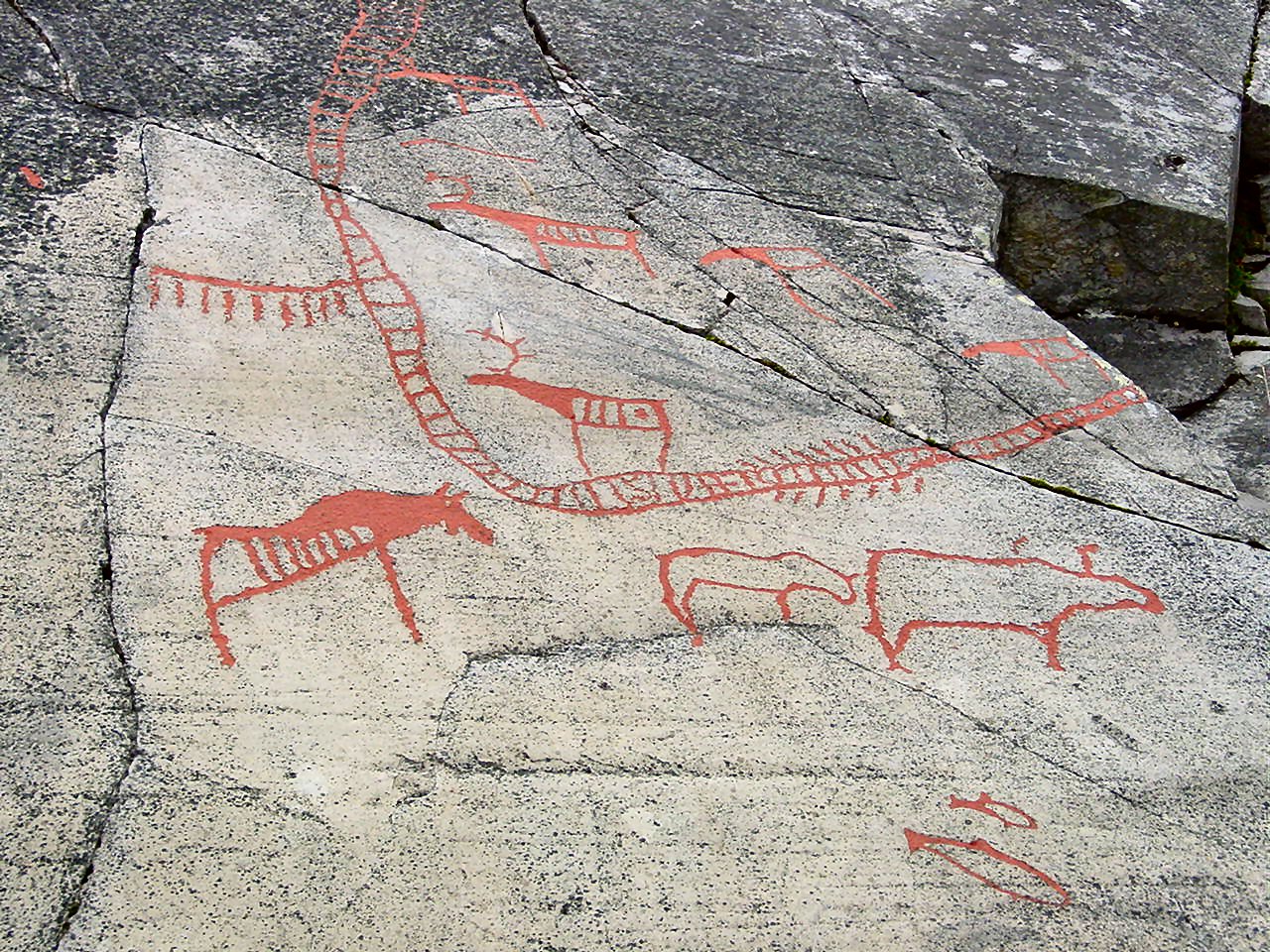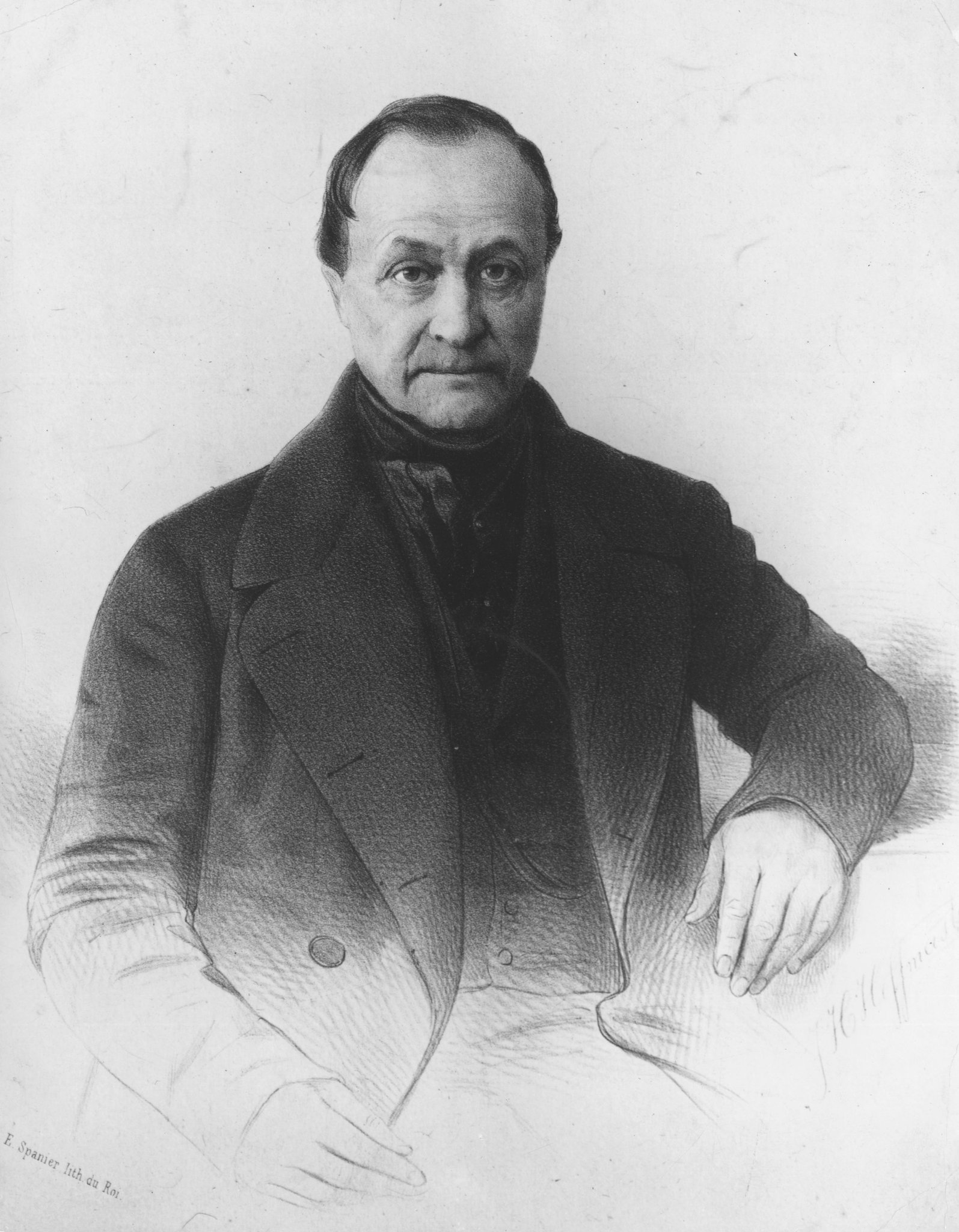|
Ernst Sars
Johan Ernst Welhaven Sars (11 October 1835 – 27 January 1917) was a Norwegian professor, historian, author and editor. His main work was ''Udsigt over den norske Historie'', four volumes issued from 1873 to 1891. He co-edited the magazines ''Nyt norsk Tidskrift'' from 1877 to 1878, and ''Nyt Tidsskrift'' from 1882 to 1887. He was politically active for the Liberal Party of Norway and among the party's most central theoreticians. Biography Personal life Sars was born in the parish of Kinn (now Flora Municipality) in Nordre Bergenhus Amt (now Sogn og Fjordane), Norway. He was the son of Michael Sars (1805–1869) and Maren Cathrine Welhaven (1811–1898). His father was vicar at Kinn Church and at Manger Church and was professor of zoology at the University of Christiania from 1854. His mother was a sister of poet Johan Sebastian Welhaven and author Elisabeth Welhaven. He was a brother of singer Eva Sars and zoologist Georg Ossian Sars. He was a cousin of architect Hjalm ... [...More Info...] [...Related Items...] OR: [Wikipedia] [Google] [Baidu] |
Nyt Tidsskrift
''Nyt Tidsskrift'' is a former Norwegian literary, cultural and political periodical issued from 1882 to 1887, and with a second series from 1892 to 1895. The periodical had contributions from several of the leading intellectuals of the time, including later Nobel Literature Prize laureate Bjørnstjerne Bjørnson, later Nobel Peace Prize laureate Fredrik Bajer, the writers Alexander L. Kielland, Jonas Lie, Arne Garborg and Hans Aanrud, proponents for women's rights Camilla Collett, Gina Krog and Hagbard Emanuel Berner, and painter Erik Werenskiold. The first years, 1882–1887 From 1882 to 1887 the periodical was edited by literary historian Olaf Skavlan and historian Ernst Sars. It was published by Huseby & Co, which was owned by Olaf Huseby and Johan Sørensen. 1882 The very first issue in 1882 started by publishing the short story "Støv" ( en, Dust) by Bjørnstjerne Bjørnson. Geologist and politician Amund Helland started an article series on Iceland, including a descrip ... [...More Info...] [...Related Items...] OR: [Wikipedia] [Google] [Baidu] |
Kinn (former Municipality)
Kinn is a former municipality in the Sunnfjord district of Sogn og Fjordane county, Norway. The parish of Kinn has existed for centuries and in 1838, the large parish was established as a municipality that existed from then until 1964. The municipality was centered around the island of Kinn where the main Kinn Church is located. The municipality encompassed most of the southern part of the present-day municipality of Kinn (same name, different borders) as well as parts of Askvoll (in the south) and the southwestern part of Bremanger (in the north). Upon its dissolution in 1964, it covered . On 1 January 2020, the old ''Kinn'' name was brought back into use when the municipalities of Flora, Norway and Vågsøy merged, creating a new Kinn Municipality. Name The municipality (and the island) were named after the old ''Kinn'' farm ( non, Kinn) since Kinn Church is located there. The name is identical with the word for "cheek", referring to the steep slope of a mountain on the is ... [...More Info...] [...Related Items...] OR: [Wikipedia] [Google] [Baidu] |
Kinn Church
Kinn Church ( no, Kinn kyrkje) is a parish church of the Church of Norway in Kinn Municipality in Vestland county, Norway. It is located on the small island of Kinn. It is one of two churches for the Kinn parish which is part of the Sunnfjord prosti ( deanery) in the Diocese of Bjørgvin. The white, stone church was built in a long church design in the middle of the 12th century using plans drawn up by an unknown architect. It is the oldest and the only church of its kind in the Sunnfjord region, and it is one of the most impressive medieval monuments in Western Norway. It was the main church in the parish of Kinn until 1882, when the new Florø Church was built in the newly founded town of Florø. Since that time, the old stone church was taken out of regular use and it mostly used as a museum, although it is still used for special occasions. History The earliest existing written historical records of the church date back to the year 1322, but it was not new that year. The c ... [...More Info...] [...Related Items...] OR: [Wikipedia] [Google] [Baidu] |
Norwegian Parliament
The Storting ( no, Stortinget ) (lit. the Great Thing) is the supreme legislature of Norway, established in 1814 by the Constitution of Norway. It is located in Oslo. The unicameral parliament has 169 members and is elected every four years based on party-list proportional representation in nineteen multi-seat constituencies. A member of Stortinget is known in Norwegian as a ''stortingsrepresentant'', literally "Storting representative". The assembly is led by a president and, since 2009, five vice presidents: the presidium. The members are allocated to twelve standing committees as well as four procedural committees. Three ombudsmen are directly subordinate to parliament: the Parliamentary Intelligence Oversight Committee and the Office of the Auditor General. Parliamentarianism was established in 1884, with the Storting operating a form of "qualified unicameralism", in which it divided its membership into two internal chambers making Norway a de facto bicameral parliament ... [...More Info...] [...Related Items...] OR: [Wikipedia] [Google] [Baidu] |
Viking Era
The Viking Age () was the period during the Middle Ages when Norsemen known as Vikings undertook large-scale raiding, colonizing, conquest, and trading throughout Europe and reached North America. It followed the Migration Period and the Germanic Iron Age. The Viking Age applies not only to their homeland of Scandinavia but also to any place significantly settled by Scandinavians during the period. The Scandinavians of the Viking Age are often referred to as ''Vikings'' as well as ''Norsemen'', although few of them were Vikings in sense of being engaged in piracy. Voyaging by sea from their homelands in Denmark, Norway, and Sweden, the Norse people settled in the British Isles, Ireland, the Faroe Islands, Iceland, Greenland, Normandy, and the Baltic coast and along the Dnieper and Volga trade routes in eastern Europe, where they were also known as Varangians. They also briefly settled in Newfoundland, becoming the first Europeans to reach North America. The Norse-Gael ... [...More Info...] [...Related Items...] OR: [Wikipedia] [Google] [Baidu] |
Norwegian History
The history of Norway has been influenced to an extraordinary degree by the terrain and the climate of the region. About 10,000 BC, following the retreat inland of the great ice sheets, the earliest inhabitants migrated north into the territory which is now Norway. They traveled steadily northwards along the coastal areas, warmed by the Gulf Stream. They were hunter-gatherers whose diet included seafood and game, particularly reindeer as staple foods. Between 5,000 BC and 4,000 BC the earliest agricultural settlements appeared around the Oslofjord. Gradually, between 1500 BC and 500 BC, agricultural settlements spread to the entire south Norway, while the inhabitants of the regions north of Trøndelag continued to hunt and fish. The Neolithic period started in 4000 BC. The Migration Period caused the first chieftains to take control and hilltop forts to be constructed. From the 8th century Norwegians started expanding across the seas to the British Isles and later Iceland and G ... [...More Info...] [...Related Items...] OR: [Wikipedia] [Google] [Baidu] |
Positivism
Positivism is an empiricist philosophical theory that holds that all genuine knowledge is either true by definition or positive—meaning ''a posteriori'' facts derived by reason and logic from sensory experience.John J. Macionis, Linda M. Gerber, ''Sociology'', Seventh Canadian Edition, Pearson Canada Other ways of knowing, such as theology, metaphysics, intuition, or introspection, are rejected or considered meaningless. Although the positivist approach has been a recurrent theme in the history of western thought, modern positivism was first articulated in the early 19th century by Auguste Comte.. His school of sociological positivism holds that society, like the physical world, operates according to general laws. After Comte, positivist schools arose in logic, psychology, economics, historiography, and other fields of thought. Generally, positivists attempted to introduce scientific methods to their respective fields. Since the turn of the 20th century, positivism has ... [...More Info...] [...Related Items...] OR: [Wikipedia] [Google] [Baidu] |
University Of Oslo
The University of Oslo ( no, Universitetet i Oslo; la, Universitas Osloensis) is a public research university located in Oslo, Norway. It is the highest ranked and oldest university in Norway. It is consistently ranked among the top universities in the world and as one of the leading universities of Northern Europe; the Academic Ranking of World Universities ranked it the 58th best university in the world and the third best in the Nordic countries. In 2016, the Times Higher Education World University Rankings listed the university at 63rd, making it the highest ranked Norwegian university. Originally named the Royal Frederick University, the university was established in 1811 as the de facto Norwegian continuation of Denmark-Norway's common university, the University of Copenhagen, with which it shares many traditions. It was named for King Frederick VI of Denmark and Norway, and received its current name in 1939. The university was commonly nicknamed "The Royal Frederic ... [...More Info...] [...Related Items...] OR: [Wikipedia] [Google] [Baidu] |
National Archival Services Of Norway
The National Archival Services of Norway ( no, Arkivverket) is a Norwegian government agency that is responsible for keeping state archives, conducts control of public archiving and works to preserve private archives. It is subordinate to the Ministry of Culture and Church Affairs and consists of the National Archive (), eight regional state archives () and The Sámi Archives (). The organization has 190 employees and about of materials. The oldest complete document is from 1189. It is a letter (a so-called diploma) issued on 28 January 1189 by Pope Clement III (1187-1191) to all clergymen in Norway. The National Archive is located at Sognsvann in Oslo and preserves all central government papers from when they become 25 years old, as well as some archives from private individuals, companies and organizations. The National Archive is also responsible for control. The state archives are responsible for local and regional government and state agencies, as well as archives from pr ... [...More Info...] [...Related Items...] OR: [Wikipedia] [Google] [Baidu] |
Denmark–Norway
Denmark–Norway ( Danish and Norwegian: ) was an early modern multi-national and multi-lingual real unionFeldbæk 1998:11 consisting of the Kingdom of Denmark, the Kingdom of Norway (including the then Norwegian overseas possessions: the Faroe Islands, Iceland, Greenland, and other possessions), the Duchy of Schleswig, and the Duchy of Holstein.Feldbæk 1998:21f, 125, 159ff, 281ff The state also claimed sovereignty over three historical peoples: Frisians, Gutes and Wends.Feldbæk 1998:21 Denmark–Norway had several colonies, namely the Danish Gold Coast, the Nicobar Islands, Serampore, Tharangambadi, and the Danish West Indies.Feldbæk 1998:23 The union was also known as the Dano-Norwegian Realm (''Det dansk-norske rige''), Twin Realms (''Tvillingerigerne'') or the Oldenburg Monarchy (''Oldenburg-monarkiet'') The state's inhabitants were mainly Danes, Norwegians and Germans, and also included Faroese, Icelanders and Inuit in the Norwegian overseas possessions, a Sami ... [...More Info...] [...Related Items...] OR: [Wikipedia] [Google] [Baidu] |
Kalmar Union
The Kalmar Union ( Danish, Norwegian, and sv, Kalmarunionen; fi, Kalmarin unioni; la, Unio Calmariensis) was a personal union in Scandinavia, agreed at Kalmar in Sweden, that from 1397 to 1523 joined under a single monarch the three kingdoms of Denmark, Sweden (then including most of present-day Finland), and Norway, together with Norway's overseas colonies Norway retained none of its prior possessions, however. Christian I pledged the Northern Isles to Scotland as insurance for his daughter’s dowery in 1468; when the dowery wasn’t paid the islands transferred to perpetual Scottish sovereignty in 1470. Following the Union’s dissolution, all remaining overseas possessions brought into the Union by Norway became property of the Danish monarch; who retained ownership following the transfer of the Kingdom of Norway from the Danish crown to Swedish crown (discussed in further detail below) after the Napoleonic Wars. (then including Iceland, Greenland, Nominal possession. ... [...More Info...] [...Related Items...] OR: [Wikipedia] [Google] [Baidu] |
Oslo
Oslo ( , , or ; sma, Oslove) is the capital and most populous city of Norway. It constitutes both a county and a municipality. The municipality of Oslo had a population of in 2022, while the city's greater urban area had a population of in 2019, and the metropolitan area had an estimated population of in 2021. During the Viking Age the area was part of Viken. Oslo was founded as a city at the end of the Viking Age in 1040 under the name Ánslo, and established as a ''kaupstad'' or trading place in 1048 by Harald Hardrada. The city was elevated to a bishopric in 1070 and a capital under Haakon V of Norway around 1300. Personal unions with Denmark from 1397 to 1523 and again from 1536 to 1814 reduced its influence. After being destroyed by a fire in 1624, during the reign of King Christian IV, a new city was built closer to Akershus Fortress and named Christiania in honour of the king. It became a municipality ('' formannskapsdistrikt'') on 1 January 1838. The ... [...More Info...] [...Related Items...] OR: [Wikipedia] [Google] [Baidu] |








